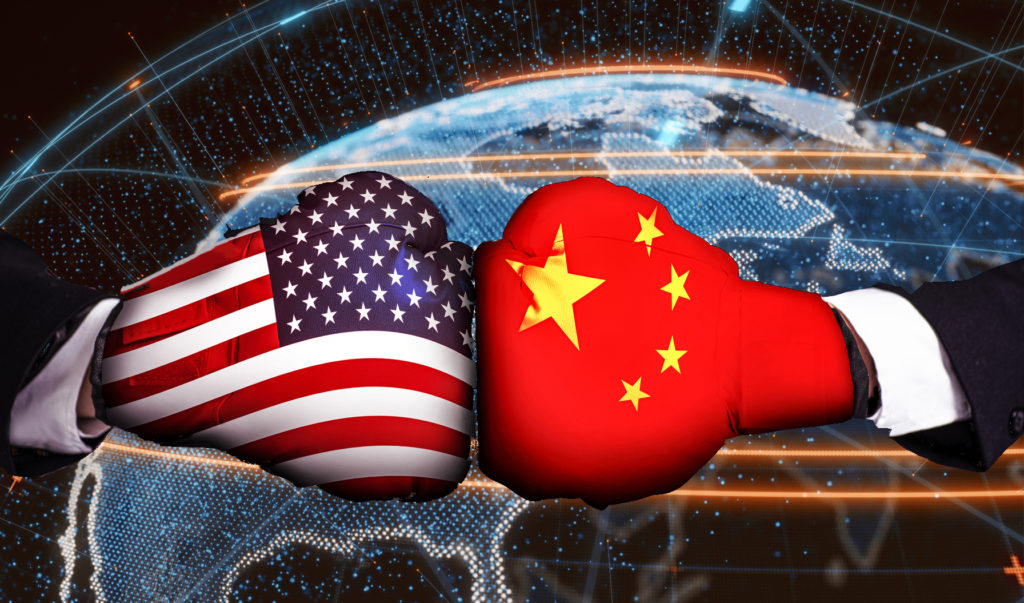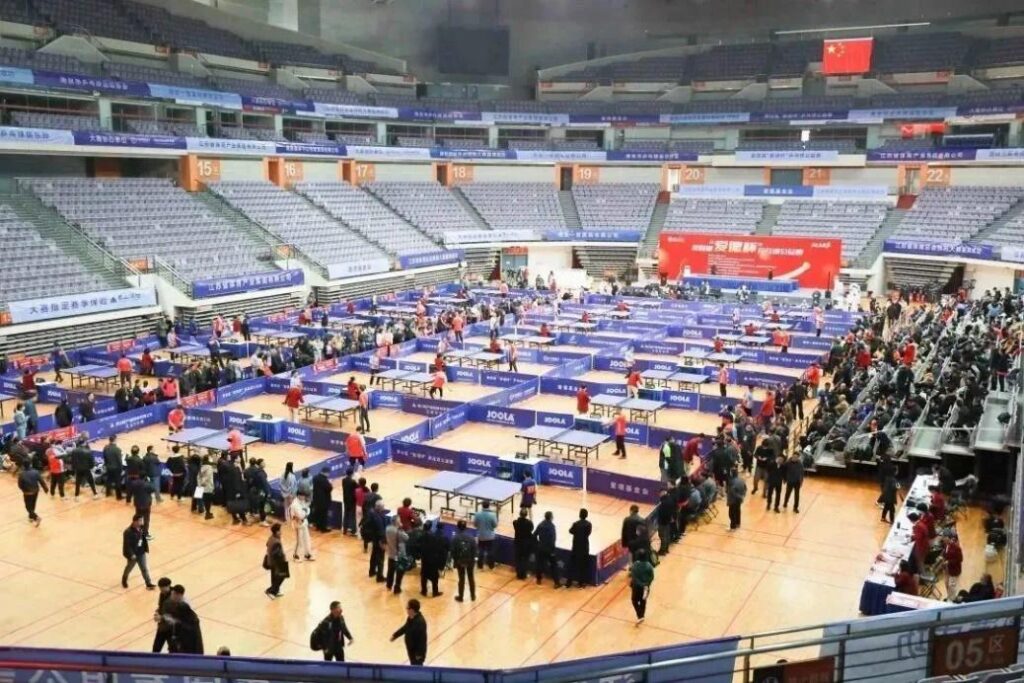
It’s beginning to seem like there is light at the end of the Covid-19 tunnel. Economic recovery is the topic of conversation everywhere. It’s almost like being at the horse track, with people trying to separate the underdogs from the sure bets. To extend the analogy, many people have their money on China right now.
People who have placed their bets on China are wagering that the Chinese economy will overtake the United States by 2028. The UK-based Centre for Economics and Business Research (CEBR) has said that China’s “skilful” management of Covid-19 will boost its relative growth compared to the US and Europe in coming years. They also project that India will become the world’s third largest economy by 2030.
How will Team USA do? The report says that after “a strong post-pandemic rebound in 2021”, the US economy will grow by about 1.9% annually from 2022-24 and then slow to 1.6% in the years after that. Compare that with China’s projected growth during the same period. By contrast the Chinese economy is tipped to grow by 5.7% annually until 2025, and 4.5% annually from 2026-2030.

While most of the world’s major economies experienced major set-backs in 2020, China actually posted impressive growth. For instance, world trade likely contracted by 5.6% last year. However, China’s shipments increased 3.6%, according to estimates from the United Nations’ trade and development body UNCTAD.
It’s also believed that China regained the title as the world’s top destination for foreign investment, having lost that position to the US in 2015. Fortune magazine’s list of The Global 500 largest companies by revenue now has more Chinese companies than US companies, 124 vs. 121. In a year where US movie theaters remained closed, Chinese box office receipts overtook the U.S. – another ‘first time ever’ achievement for China’s economy.
Obviously, there are many factors pointing to a bright economic future in China.
At the same time, major question marks also hang like ominous clouds in China’s economic sky. After decades of talk about correcting our nation’s trade imbalance, the United States has made significant inroads in that direction. If we are able to continue this shift in the balance of trade, it will soften the projected growth rate of China’s economy. In 2019, the American Chamber of Commerce surveyed its 314 member companies and institutions. 30 to 50 percent of them indicated that they were considering adjusting their supply chain strategies to reduce reliance on China, either by seeking alternative sources or relocating production outside China. 20 percent of AmCham survey respondents also reported their intent to “decouple” from their Chinese trade relationships.
Three additional factors also indicate that COVID-19 has prompted a restructuring of the China-world relationship. These include:
Increasing US and Global Resistance to Chinese Trade
Changing sentiment among US companies and consumers. Risk diversification is a driving motivation. As a result of the outbreak, 16 percent of US companies indicated they will at least partially move production and/or supply chain operations outside of China, and 28 percent are making similar adjustments regarding sourcing. The opinions of American consumers have also soured, following the pandemic, according to a survey conducted by the Pew Research Center, in March, 2020.

Outside the United States, other first world economies, such as Japan, are also calling for a reshoring of supply chains as a result of COVID-19. Japan, for instance, has earmarked $2.2 billion to help its manufacturers shift production out of China. In the US, our legislature has identified the obvious over-reliance on China in the critical area medical supplies. Australia’s politicians have followed soot.
Changing Consumption Patterns Among China’s Affluent Consumers
Increasing affluence and consumerism among China’s citified younger generations has been a major force behind China’s economic growth. However, Covid-19 has shifted priorities and values here, too.
Attitudes to spending among consumers in their 20s and 30s, traditionally the engine of China’s consumption growth, have changed markedly in the wake of COVID-19. One survey showed 42 percent of young consumers intend to save more as a result of the virus. Consumer lending has also declined, while four out of five Chinese consumers intend to purchase more insurance products post-crisis. Savings have also rocketed—the country’s household deposit balance increased by 8 percent over the first quarter to reach 87.8 trillion RMB. Meanwhile, 41 percent of consumers said they planned to increase sources of income through wealth management, investments, and mutual funds.
The virus has also forced purchasing trade-offs, with consumers seeking better quality and healthier options:
Until COVID-19, the Chinese were incredible consumers of tech products. However, the pandemic has severely disrupted the economy, and triggered profound changes in consumer behavior. This demographic has been the driver of China’s domestic economic growth. In fact, a recent report by McKinsey revealed that 40-50 percent of their survey’s respondents reported that they ‘never worry about income because their parents can easily cover expenses’. An additional 40 percent of respondents aged 20 to 30 indicated that they had received help from their parents when buying an apartment. However, the pandemic dealth this segment of China’s population a major blow. For the first time in their lives, many of these people are now experiencing personal financial worries. Scarce resources and the concept of economic trade-offs are now their reality, not just theory.
With trade-offs, the importance of investing and saving, and reducing personal consumption is coming to the forefront. 42 percent of those respondents who were surveyed in a recent poll report their intention to save more than before COVID-19. China’s banks are also tightening the flow of consumer loans. Increased savings, declines in personal consumption, and a reduction in consumer loans all have a dampening effect on economic growth.
According to a post-epidemic survey, close to half of Chinese respondents intend to live more frugally and seek value-for-money when selecting products, while 36 percent are more willing to spend more for better quality products. Chinese consumers are also more focused on safer, higher-quality, and eco-friendly products than they were before the pandemic. Consumers are potentially seeking quality in their necessities, while focusing on value-for-money
A survey reveals that post-COVID-19, consumers increased their net purchase intention by the largest degree toward essential, health-oriented products, such as sanitary and health products, fresh food, and life insurance, while expressing negative net purchase intention towards non-necessities such as hair and beauty products, and large home appliances. Since durable goods sales are also a traditional bell-weather of economic growth, this may also spell trouble for China’s economy.
Word4Asia will continue to monitor and report on the predictions for post-pandemic economic recovery in our next few blogs. As always, we remain dedicated to helping our clients adjust to the ever-changing, always fascinating opportunity that is China. We enjoy a strong mainland China network which we have cultivated over the last twenty years. If your plans include China, we would enjoy sharing our expertise with you. Contact Gene Wood at gene@word4asia.com.
https://www.bbc.com/news/world-asia-china-55454146
https://www.japantimes.co.jp/news/2021/01/15/business/economy-business/china-economy-beating-world/
http://www3.weforum.org/docs/WEF_Future_of_Consumption_in_Fast_Growth_Consumer_Markets_China.pdf




